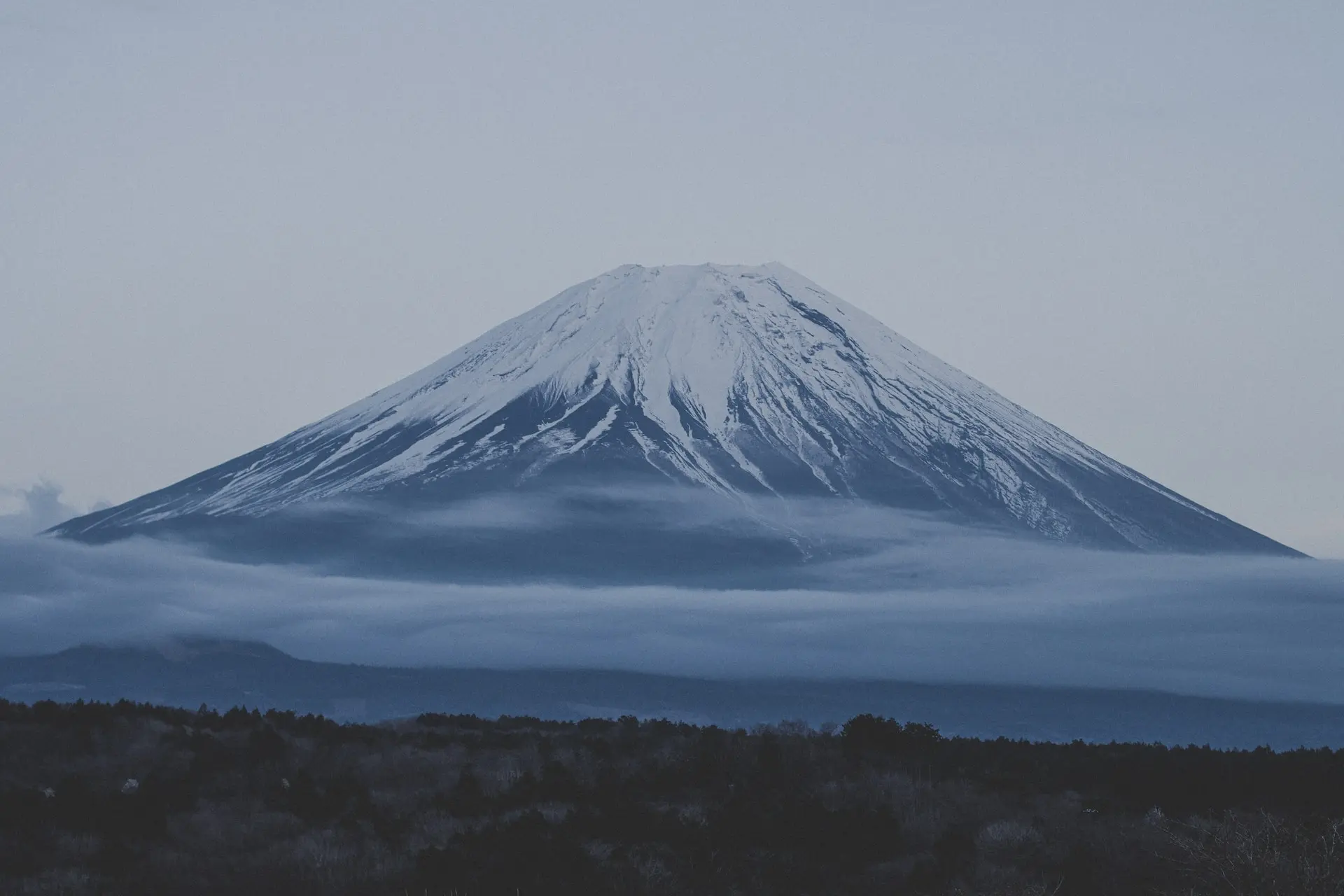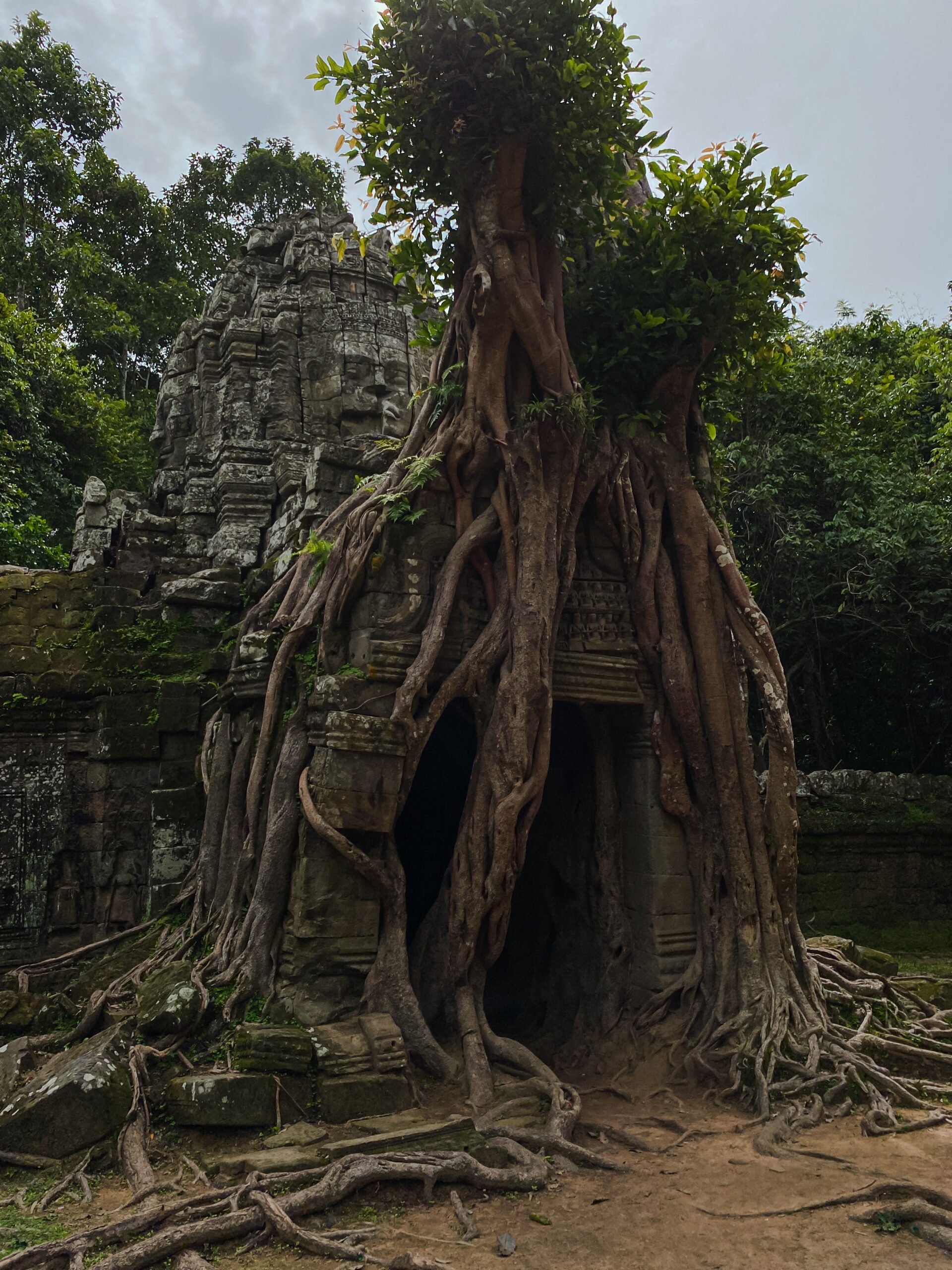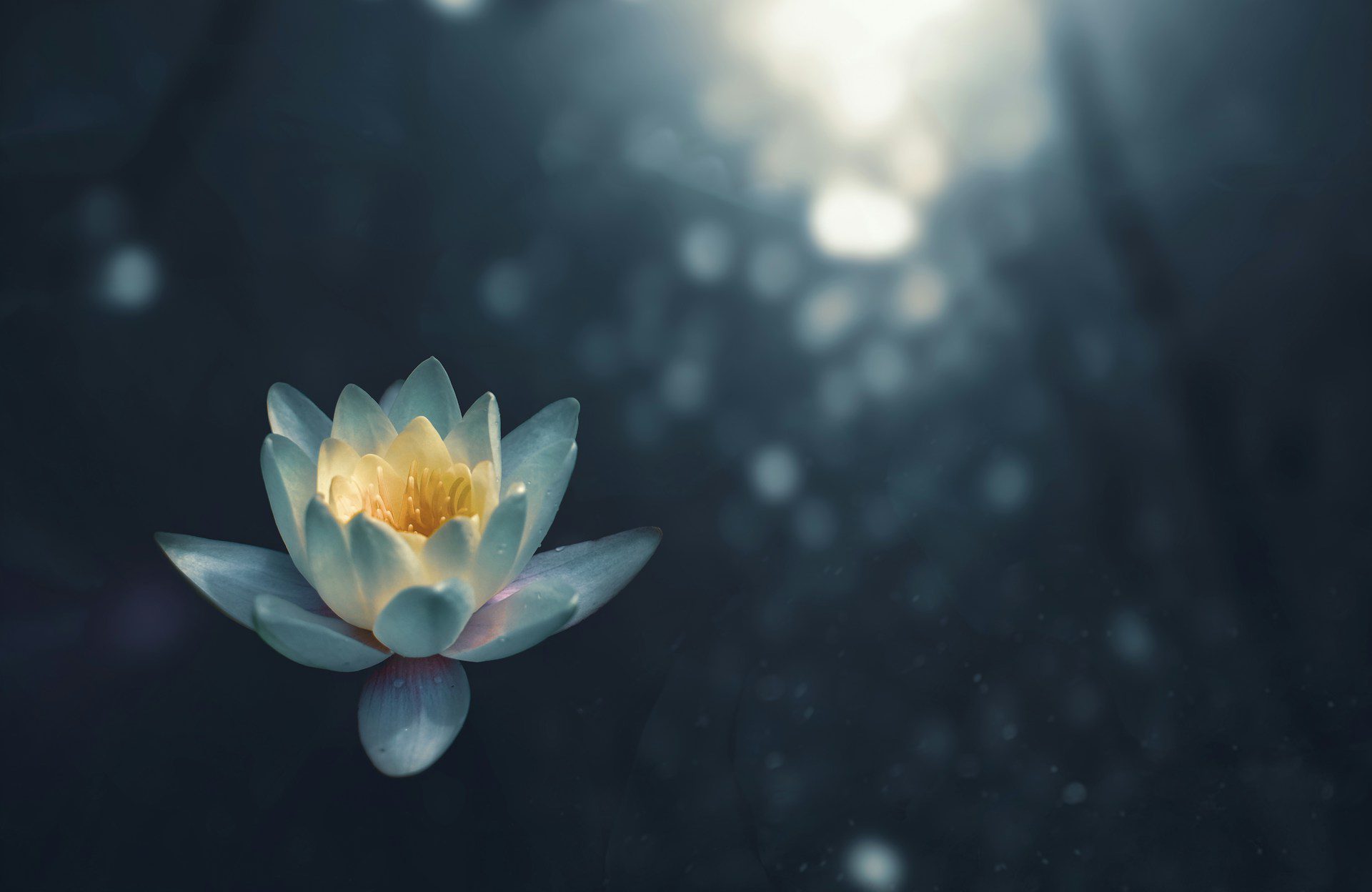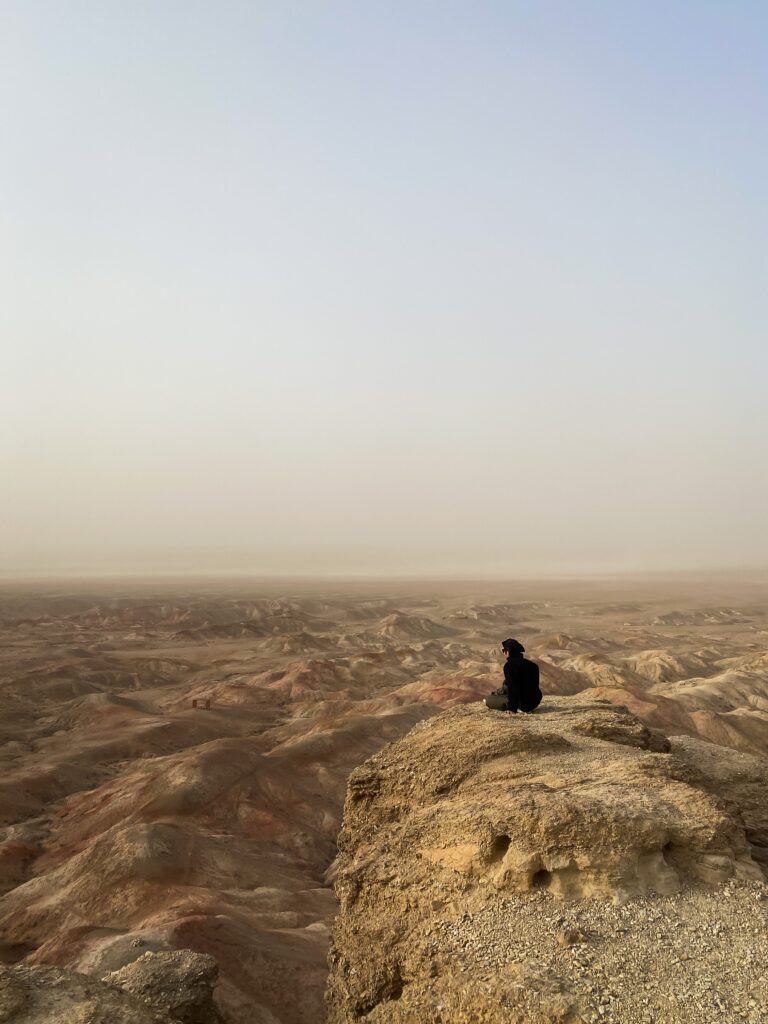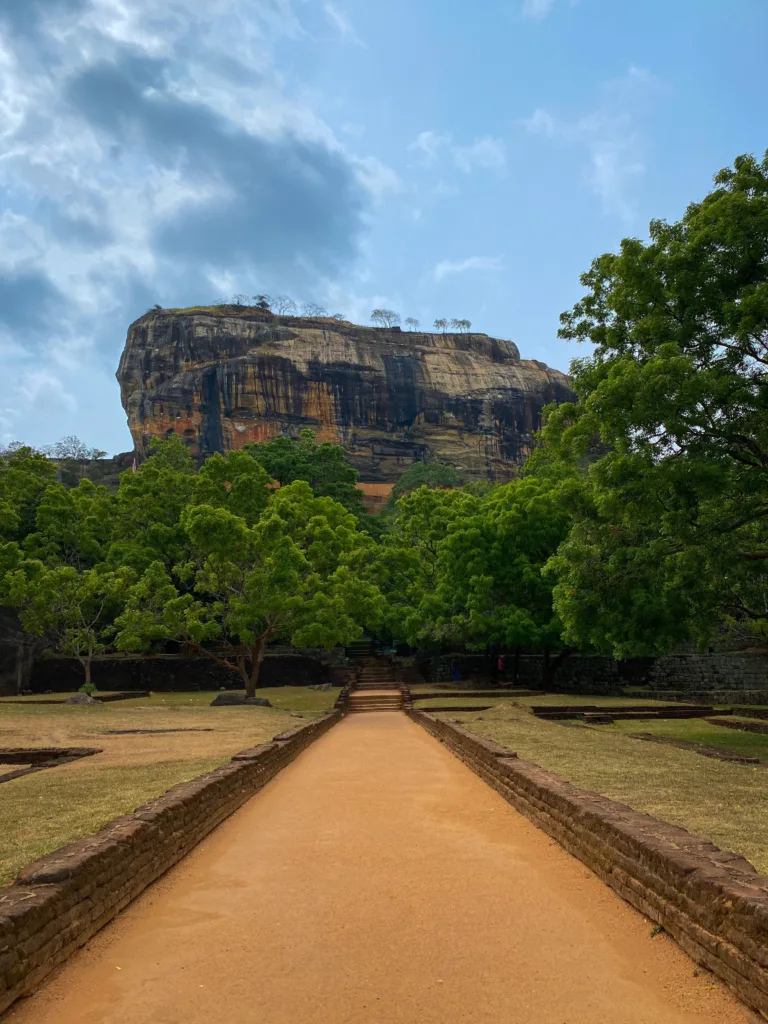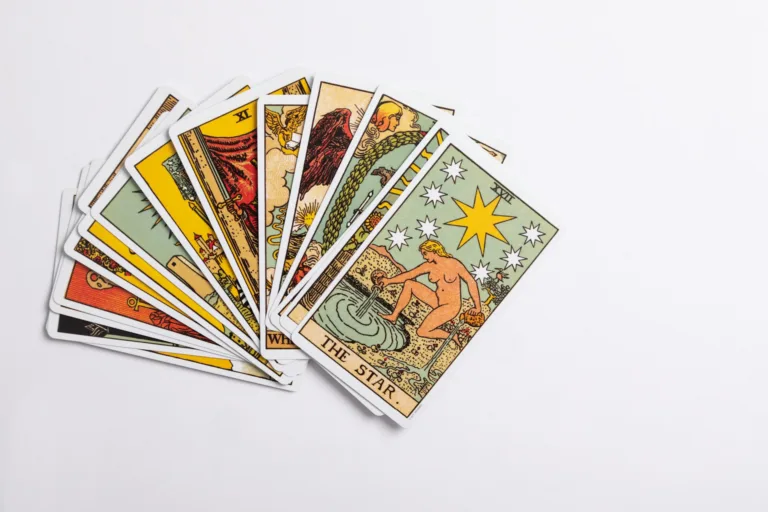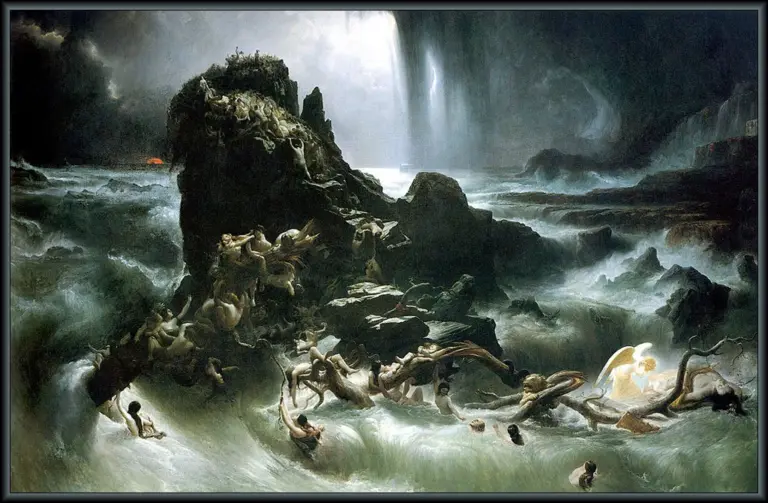Wabi-Sabi is the art of finding beauty in imperfection.
Originating in Japan, this concept teaches us to appreciate the simple, the modest, and the aged.
It’s an approach that values the marks time leaves behind, seeing elegance in asymmetry, roughness, and simplicity.
In Japanese culture, Wabi-Sabi is a way of life.
It encourages us to see the depth in minimalism and to embrace the natural cycle of growth and decay. It’s a perspective that contrasts sharply with modern society’s pursuit of perfection, instead finding richness in what’s natural, fleeting, and unrefined.
Wabi-Sabi’s principles resonate beyond its cultural origins, offering a way to view the world that celebrates authenticity over flawlessness.
This exploration is not just about understanding a concept; it’s about learning to see the world in a more grounded, beautiful way.
Table of Contents
Toggle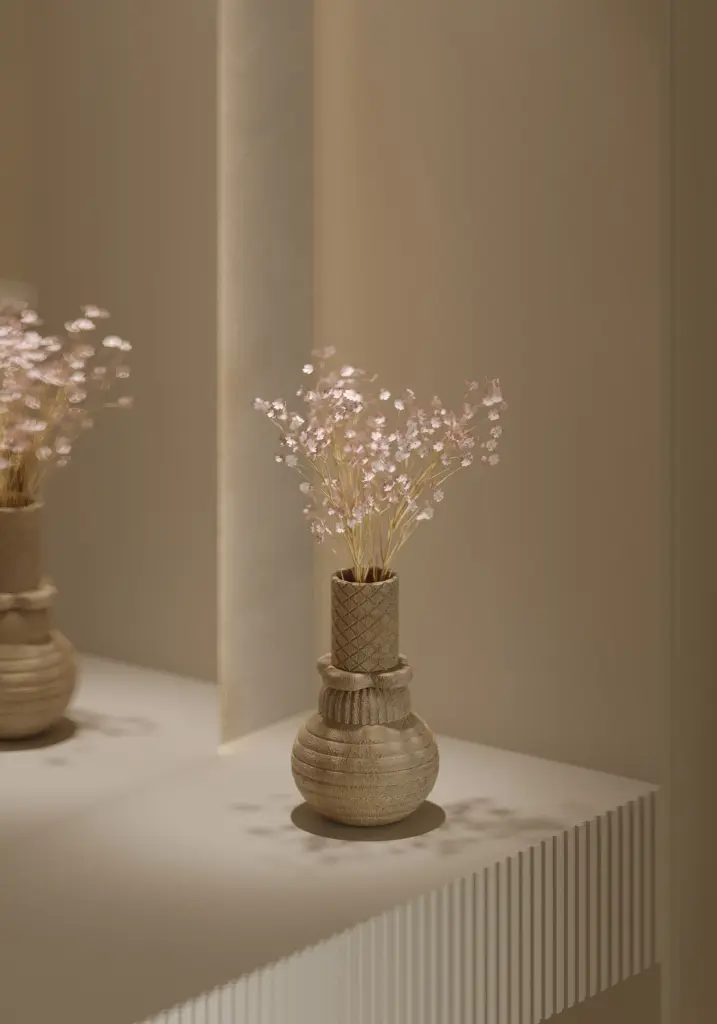
Origins of Wabi-Sabi
Wabi-Sabi’s roots are deeply embedded in Buddhist philosophy, particularly in the teachings that emphasize impermanence, suffering, and the absence of self.
It’s a perspective that sees beauty in the transient nature of life, a view that emerged in Japan as an aesthetic counterpoint to the prevailing notions of beauty.
This philosophy began to shape the Japanese aesthetic in more tangible forms through the tea ceremony (Sadou). Developed in the 15th century, the tea ceremony became a vessel for Wabi-Sabi principles.
The ceremony valued rustic simplicity and quiet contemplation, a marked shift from the opulence that characterized earlier practices.
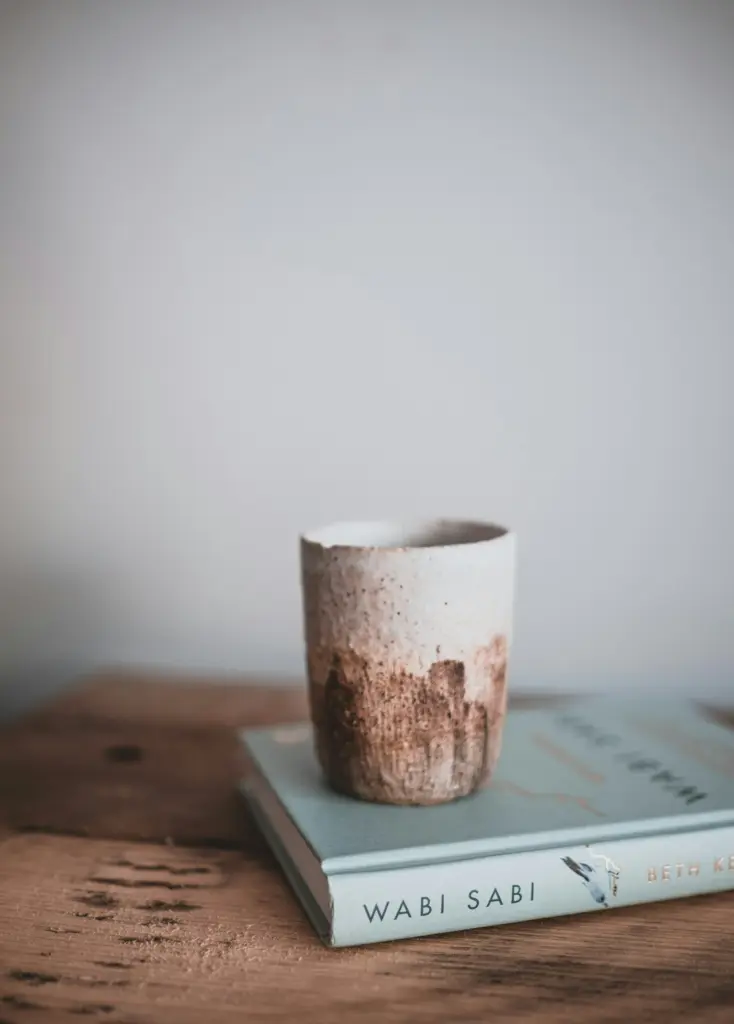
Meaning of Wabi-Sabi
Wabi
Wabi (侘) originally referred to the loneliness of living in nature, remote from society. Over time, it evolved to mean a calm unmaterialistic lifestyle that finds beauty and serenity in simplicity and quietness.
Wabi denotes a kind of humble elegance that emerges from a mindful approach to life and an appreciation for the understated.
Sabi
Sabi (寂), on the other hand, signifies the beauty that comes with age. It’s about cherishing the wear that time imparts on objects. Sabi is finding depth in the natural cycle of growth and decay, seeing the beauty in the old, faded, and weathered.
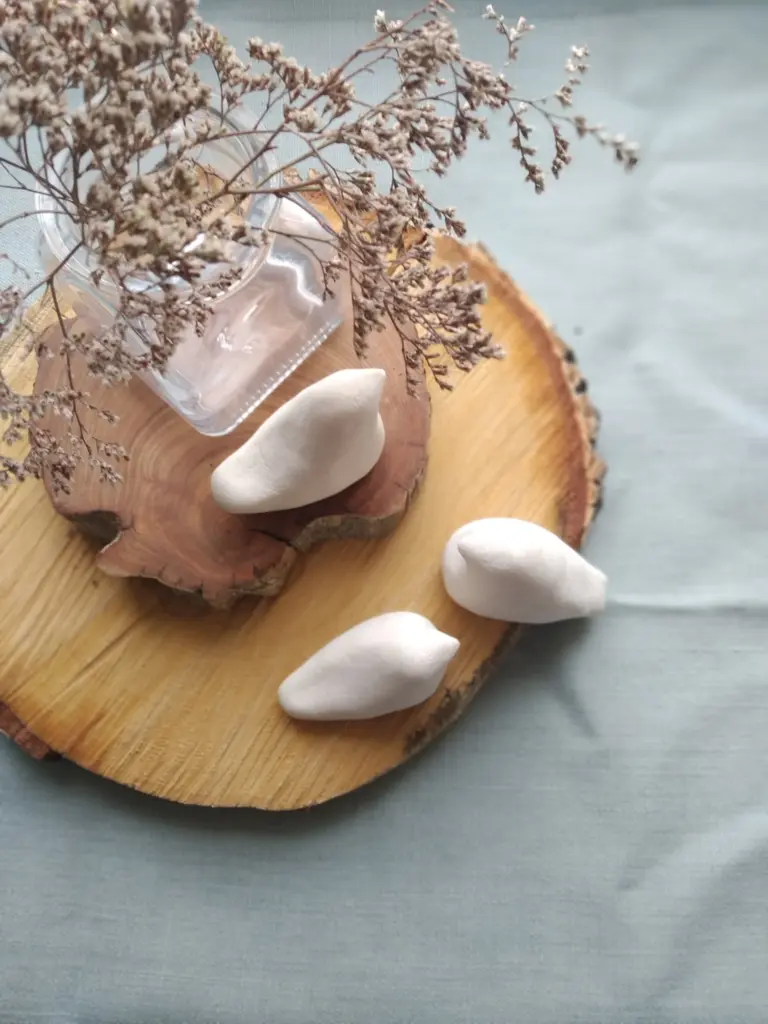
The Wabi-Sabi Aesthetic
The Wabi-Sabi philosophy is often characterized by three core themes: imperfection, impermanence, and incompleteness.
Imperfection (不完全, Fukanzen): At the heart of Wabi-Sabi is the appreciation of the flawed. It is an acknowledgment that in the natural world, nothing is perfect. Wabi-Sabi finds beauty in asymmetry, rough textures, and the marks left by the passage of time.
Impermanence (無常, Mujou): Wabi-Sabi reminds us that everything is in a constant state of change and that beauty is often fleeting. It teaches us to appreciate the here and now, to find beauty in the brief bloom of flowers or the slow decay of natural materials.
Incompleteness (未完成, Mikansei): Wabi-Sabi also embraces the idea of incompleteness or the notion that there is beauty in the unfinished.
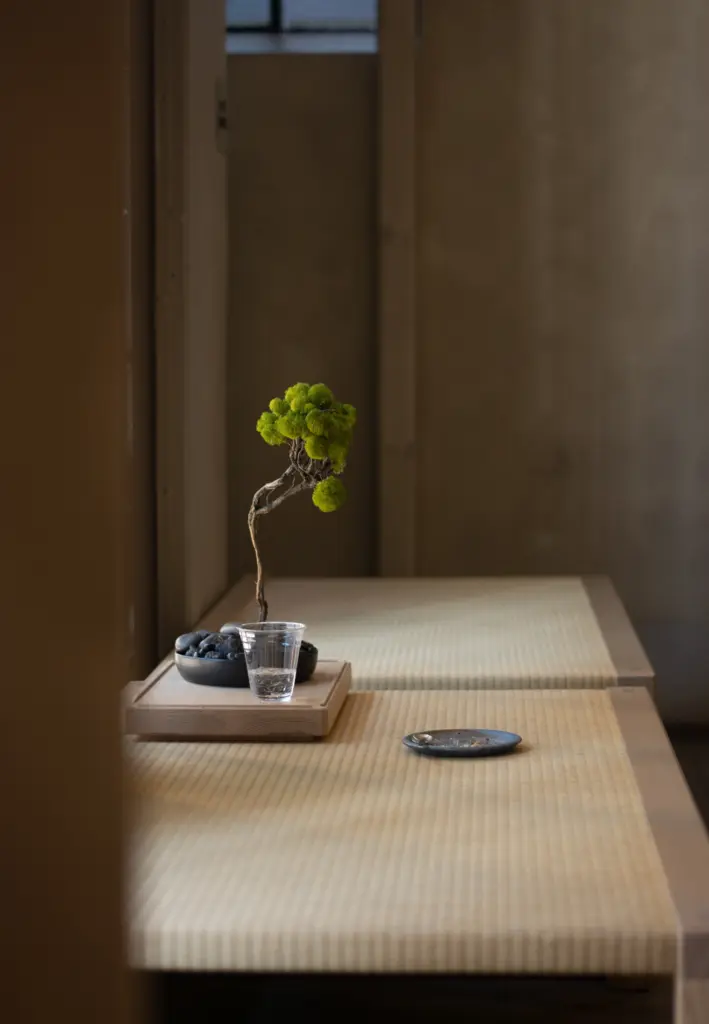
The 7 Zen Principles
1. Kanso - Simplicity
Kanso (簡素) is the elimination of clutter. It is about expressing things in a plain and natural manner, avoiding unnecessary complexity.
In Zen, Kanso embodies the idea of focusing on the essentials, stripping away layers to reveal the purity and truth beneath.
This is reflected in the serene spaces of Zen meditation and the simple elegance of Zen gardens, where every element is meaningful and nothing is superfluous.
2. Fukinsei - Asymmetry
Fukinsei (不均整) embraces the idea that beauty is found in imperfection.
This principle challenges the conventional notions of perfect balance and symmetry, suggesting that there is an inherent beauty in the imperfect.
Fukinsei is a reminder of the natural state of things, where nothing is perfectly ordered. This is visible in the art of flower arrangement (Ikebana) and traditional Japanese garden design, where elements are often placed off-center and spaces are left incomplete, evoking a sense of naturalness and spontaneity.
The principle of Fukinsei teaches us to appreciate the beauty in the irregular patterns of nature and the uniqueness of each moment.
3. Shibumi - Subtlety
Shibumi (渋味) is the aesthetic principle that values understated elegance. It speaks to the beauty that lies in quiet refinement, avoiding the loud and the overt in favor of the subdued.
Shibumi is about finding depth in simplicity, where the profound is not displayed ostentatiously but is instead discovered through understated expression.
It teaches the value of restraint and the power of leaving things unsaid, allowing space for personal interpretation and connection.
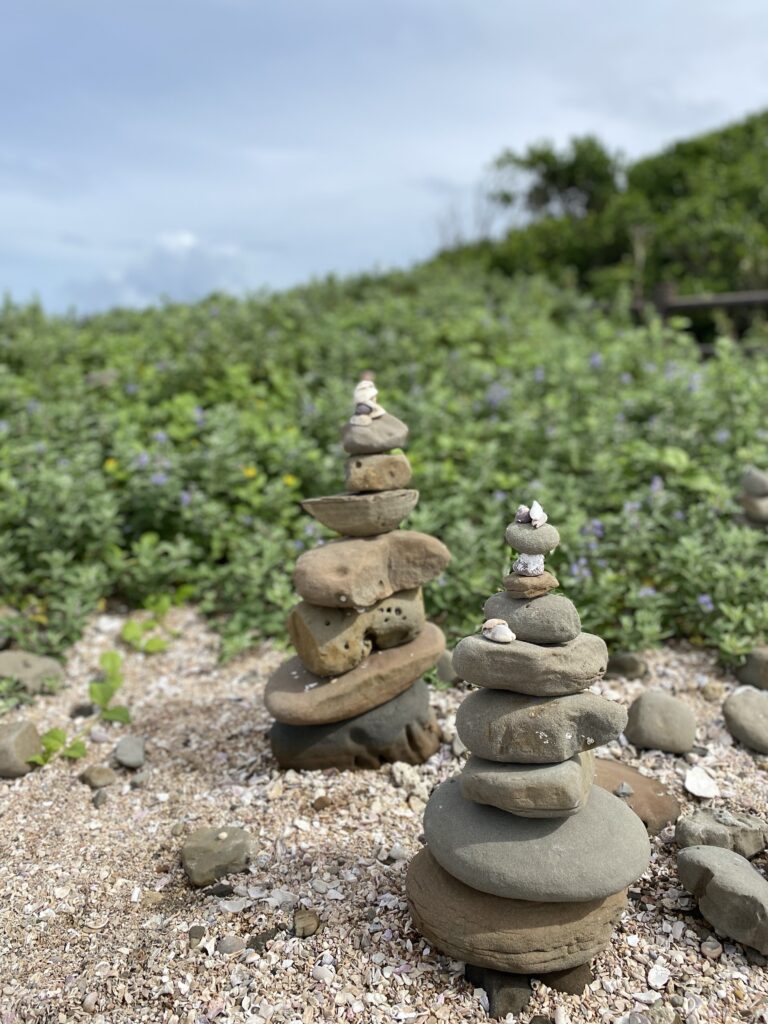
4. Shizen - Naturalness
Shizen (自然), denoting naturalness, is a principle that advocates for authenticity and the absence of pretense. Embracing things just as they are.
Shizen is also another word for nature, and it’s a reflection of the natural world, where beauty is found in the spontaneously occurring.
It’s a celebration of things as they are, understanding that true beauty lies in the organic, the unrefined, and the untouched. Try going for a Shinrin-yoku (forest bathing) to get a real taste of Shizen in action.
5. Yugen - Subtle Grace
Yugen (幽玄) suggests that the most profound beauty is that which is felt rather than seen clearly. Just like the mysterious depth of the universe that lies just beyond the ordinary range of human perception.
Yugen teaches us to appreciate the nuanced, the shadowed, and the unspoken elements that stir the imagination and evoke a deeper emotional response.
It invites us to look beyond the surface, to find beauty in the hidden layers and the subtle interplay of light and shadow, presence and absence.
6. Datsuzoku - Freedom from Habits
Datsuzoku (脱俗) basically represents the concept of freedom from conventional norms. Breaking free from the mundane, the ordinary, and the expected, to experience the world in new ways.
In Zen, Datsuzoku is reflected in moments of sudden insight, where the usual patterns of thinking are transcended.
The principle of Datsuzoku invites us to view the world without the filters of preconceived notions, opening up a space for the unconventional.
Finding beauty in the spontaneity of life.

7. Seijaku - Tranquility
Seijaku (静寂) is about finding peace amidst the bustle of life.
It emphasizes the value of calm as essential for deep reflection and true understanding.
Seijaku encourages us in creating environments that allow for mindfulness, where the quietude is not just an absence of noise but a presence of a deeper, more profound peace.

How to Apply Wabi-Sabi in Life
In daily life, Wabi-Sabi encourages us to find beauty in fleeting moments. This can be as simple as savoring the fleeting beauty of a sunset or finding charm in the worn edges of a much-loved book. Seeing the stories they hold rather than seeing them as items to be replaced. Simplifying our routines to focus on what’s essential, and finding value in quiet, unhurried activities.
When it comes to interior design, Wabi-Sabi inspires choices that favor natural materials. This might involve selecting unvarnished wood for furniture, stone for countertops, or clay pots for plants. Creating serene, uncluttered spaces using a neutral color palette and allowing plenty of natural light can highlight the beauty of simplicity and the textures of the natural world. Using Feng Shui in conjuction is an excellent way to create a thriving, harmonious space.
For personal well-being and mental health, Wabi-Sabi offers a path to self-compassion through the acceptance of personal imperfections. Understanding that mistakes and flaws are part of being human. Cultivating a habit of gratitude, where one regularly appreciates the aspects of life that bring joy, can lead to a more contented state of mind.

